Yes, it is that time of year when a gardener can stay incredibly busy if she wants to… or if she doesn’t want to. There is so much to do from harvesting and putting up the delicious, nutritious fruits of her labor to adding more vertical Florida Weave trellising for tomatoes to succession planting for late summer harvests and prepping those beds for fall planting… it can get a little daunting. But it is one of the most simple, beautiful, joyous things to grow ones own food for oneself, friends and family. To hear the birds chirping and the bees buzzing all around while sweat drips from your forehead and you look up at all you have established and nourished, maintained and eaten and watched in awe… a deep sense of accomplishment and peace fills your heart.
We have neglected the truth that a good farmer is a craftsman of the highest order, a kind of artist. ~Wendell Berry
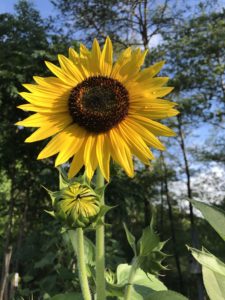

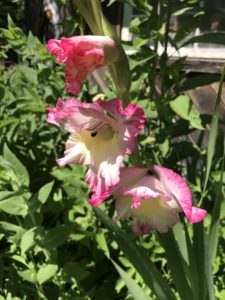

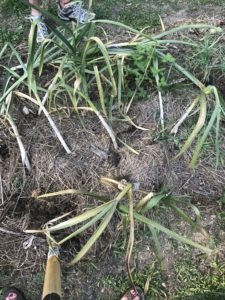
A new gardener tries the three sisters… she already learned you need to plant the corn a little before the beans. Live and learn, or garden and learn rather. They have this creative strawberry planter and new grapevine too! This family is going for it!
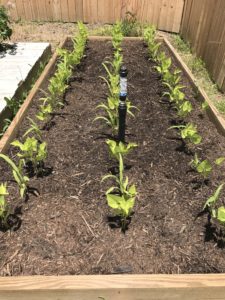
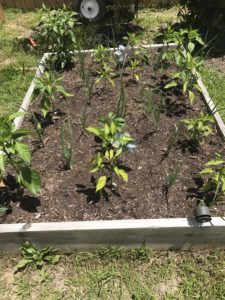
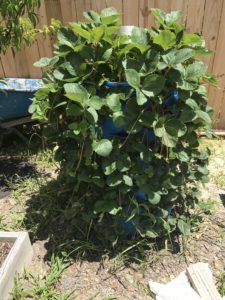

Flowers for tea! Chamomile, bachelor button, passion flower, and California poppy. Forgot to get a picture of the calendula. Not to mention all the mint and tulsi… yummy tea straight from your own yard can’t be beat!
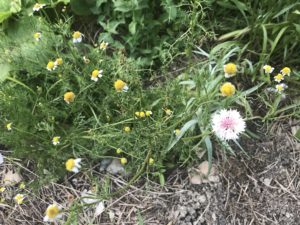
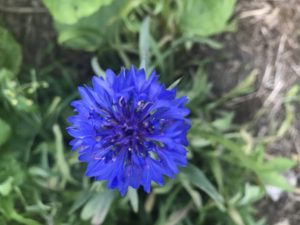
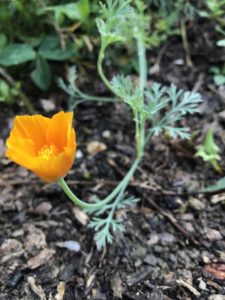
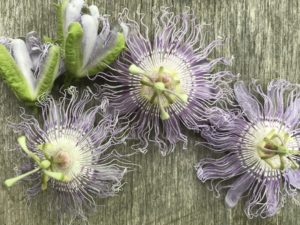
The following photos are from our Regional Grow Appalachia meeting at St. Vincent in David, KY. They have a productive community garden that gives to their food pantry. Awesome work! And it was good to touch base with the other Grow Appalachia sites in neighboring counties.

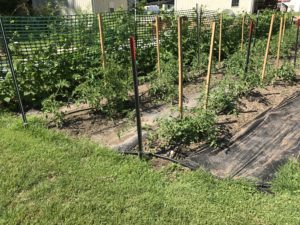

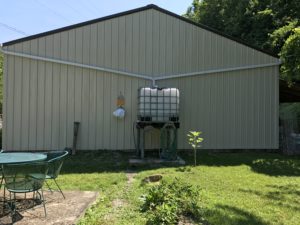
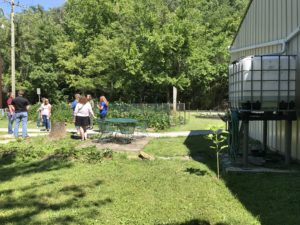
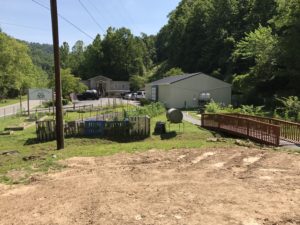
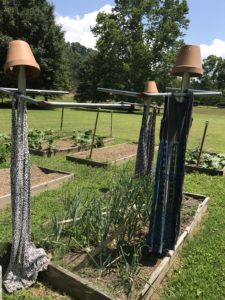
What can you ferment? Practically anything. Check out Sandor Katz Wild Fermentation book (or blog) for recipes. Ferments pictured here from left to right is garlic scape paste, sour beets, kimchi, and pickles.


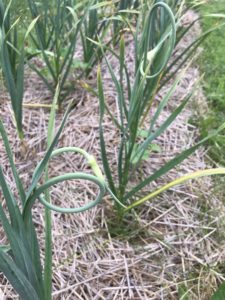
This is a strong, concentrated condiment, delicious as instant garlic seasoning or as a spread. It’s a triple threat: it’s easy to make, it uses a normally discarded part of the garlic plant, and it’s a great time-saving condiment. Virtue number 4? No peeling!
Fermented Garlic Scape Paste
From “Fermented Vegetables”
February 2015
Ingredients:
• 1 pound garlic scapes
• 1 tablespoon lemon juice
• 1 teaspoon unrefined sea salt
Instructions:
1. Cut the triangular top off the bulbs, leaving the bulbs in place. (The top is dry and stringy and doesn’t purée well.) Cut the stems into 1-inch pieces. Blend in a food processor, in two batches, to the consistency of pesto. Sprinkle in the juice and salt. The veggies will become juicy immediately.
2. Put the paste in a quart-sized jar or crock and press until brine covers the scapes. Put a piece of plastic wrap on the surface to keep the small bits submerged.
3. Set aside on a baking sheet to ferment, out of direct sunlight, somewhere nearby, and cool, for 5 to 10 days. Check daily to make sure the scapes are submerged. You may see scum on top; it’s generally harmless, but consult the appendix if you’re at all concerned.
4. You can start to test the ferment on day 5. It’s ready when the garlic is mild and has a light sour taste, and the bright green color has faded.
5. Store in jars, with lids tightened, in the fridge. This ferment will keep, refrigerated, for 12 months.


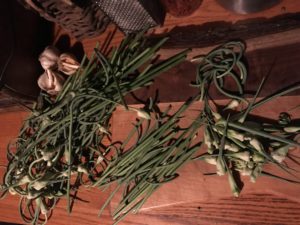

Leave A Comment